LESSONS LEARNED IN THE LAB-ORATORY
We are never going to try to tell you how to raise your puppy but Jen and I (Mike) were both raised with dogs and have spent a fair amount of time over the last three years researching how best to care for Bayleigh and her puppies. We made a few mistakes along the way but also had great success in some areas. Here we have attempted to consolidate what we know about some topics of interest to new owners of dogs, puppies, and labrador retreivers specifically.
Of course your dog will be 'their own person'. Some of what we share below is likely to apply to all labs, some things will be different for yours. The best advise we can give is that you should adjust to what you learn about your puppy and be patient with him or her and yourself.
As time permits, we will add more topics to this page. We hope you find this helpful.
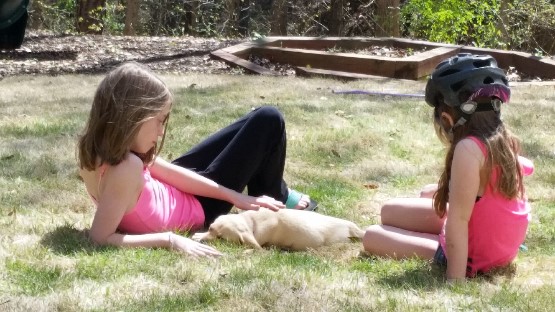

About the Breed
Coming soon!
Chewing & Chew Toys
Coming soon!
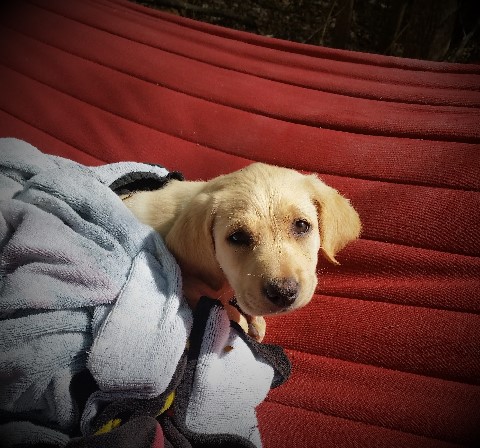
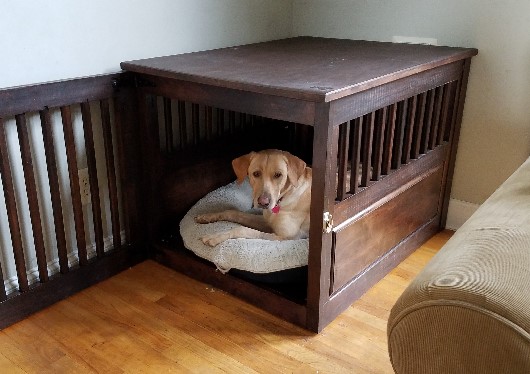
Crate Training
Coming soon!
Obedience Training
Coming soon!
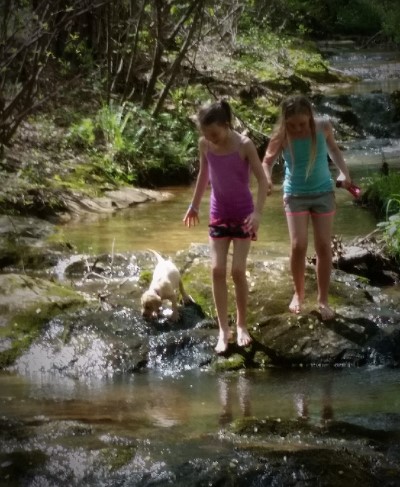
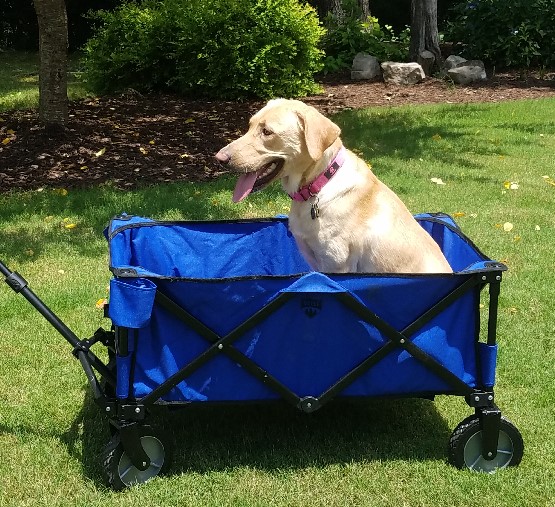
Fetch, Frisbee & Excercise in General
Coming soon!
House Training
Coming soon!
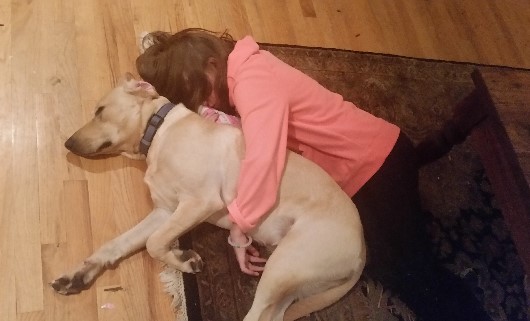
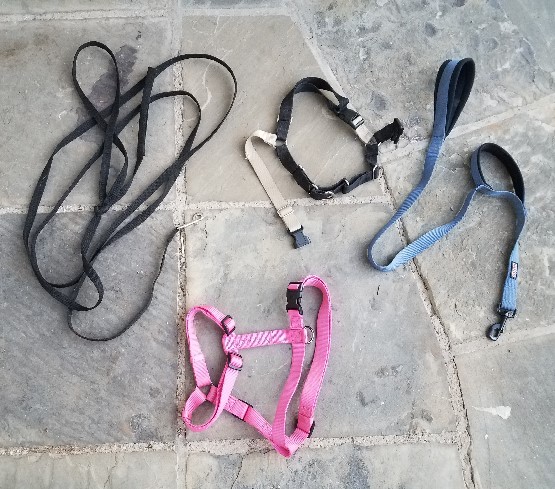
Lots of Leashes
Although Bayleigh is controllable off-leash, there are times when the circumstances and her safety call for the use of a leash. Frankly, it took some time for us to get this right and, in the meantime we learned a lot about different type of leashes, collars, harnesses, and the best combination of these.
We started with retractable leashes clipped to her collar. The idea of giving the puppy some freedom to wander (up to 30 ft with some leashes) appealed to us and while Bayleigh was small, it was a good solution. As Bayleigh grew and got stronger, however, the drawbacks of retractable leashes became apparent. Almost all of these types of leashes have no resistance until the dog reaches the limit of the leash. A dog going from a full sprint to a quick stop at the end of a leash can be quite hard on your arm and her neck, if you both are not prepared for it. While some leash manufacturers may disagree, our experience (and several broken leashes) lead us to believe that retractable leashes aren't well suited to dogs over about 40 or 50 pounds.
One might think that attaching a leash to a collar around a dog's neck is a good way to control him (we did). Bayleigh, it turns out, has no reservation about pulling on a collar with everything she's got.
The combination that gave us effortless control was a relatively short two-handled leash used with a front-leading harness. The front-leading harness works so well that my then 6-year-old daughter can safely walk Bayleigh. We found that a top-clip harness, though better than the collar, did not discourage Bayleigh's urge to pull as effectively.